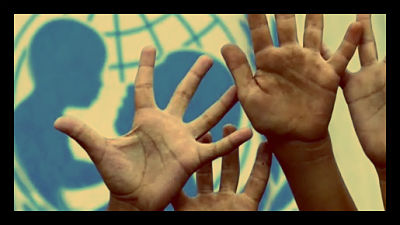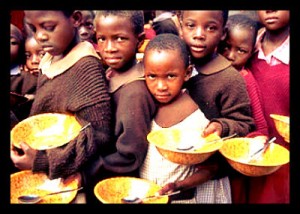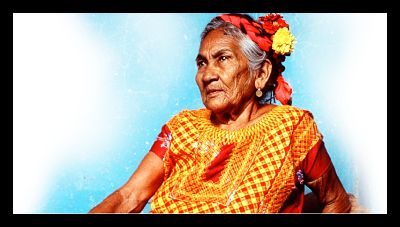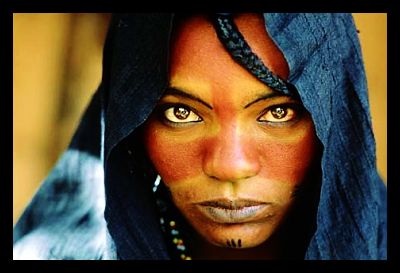
Habitat for Humanity publishes a list of 25 things everyone should know about poverty in America and around the world. Below are 10 items from their list.
1. There are different definitions of poverty.
To define poverty, it is necessary to define what constitutes basic needs. Basic needs may be defined as narrowly as those things necessary for survival, or as broadly as the prevailing standard of living in the community. Thus, poverty in one area or part of the world may have quite a different meaning than in another area or part of the world. In the United States, poverty thresholds are determined by taking the cost of a minimum adequate diet for families of different sizes and multiplying that cost by three to allow for other expenses.
2. There is more to being poor than not having money.
“Poverty is not just about money: lack of access to essential resources goes beyond financial hardship to affect people’s health, education, security and opportunities for political participation. …While economic growth is essential to lifting people out of poverty, this alone is not enough.”—United Nations Development Programme Annual Report 2008
3. People still die from being poor.
More than 26,000 children under age 5 die each day, mostly from preventable causes. More than one-third of all child deaths occur within the first 28 days of life.—UNICEF, “State of the World’s Children,” 2008
4. Poverty directly affects many, many people every single day.
Some 1.2 billion people around the world live on less than a dollar a day, while almost 850 million people—almost three times the entire population of the United States—go hungry every night.—United Nations Development Programme Annual Report 2008
5. Women often face more challenges than men in overcoming poverty.
Women who become single heads of households, particularly in Africa, are significantly more vulnerable,because in many countries in the region they can access land only through husbands or fathers. Where women’s land ownership is relationship-based, they risk losing access to land after widowhood, divorce, desertion or male migration, which can lead to destitution.—United Nations’ Centre for Human Settlements, “State of the World’s Cities 2008/2009”
6. Yet women are an important part of the solution.
“Women have proven to be the best poverty fighters. Experience and studies have shown that they use the profits from their businesses to send their children to school, improve their families’ living conditions and nutrition, and expand their businesses.”—The Grameen Foundation
7. Poor people pay back loans.
The repayment rate for microfinance loans, a development strategy in which very poor people are loaned small amounts of money to incrementally improve their lives, is between 95 and 98 percent. In fact, it is higher than the repayment rate of student loans and credit card debts in the United States.—The Grameen Foundation
8. Defeating poverty creates dignity.
Marrie Gessesse, a mother of eight in the Amhara region of Ethiopia, used microfinance loans to buy goats and cultivate fruits and vegetables for income. Eventually, she was able to send her children to school. “No one used to consider me before,” she says. “When they saw that I was becoming autonomous, people started to respect me. Now they have elected me member of the administrative council and the women’s association.”—International Fund for Agricultural Development
9. Poverty is a moral issue.
Almost 9 million children are internally displaced because of armed conflict. Roughly 1.8 million children are trapped in the commercial sex trade, and the annual revenue generated from human trafficking is $9.5 billion.—UNICEF, 2007
10. Poverty is not inevitable.
In 1960, roughly 20 million newborns did not live to see their fifth birthday; by 2006, the most recent year for which firm estimates are available, the annual number of child deaths globally fell below 10 million, to 9.7 million, for the first time since records began.—UNICEF, “State of the World’s Children,” 2008.
– Délice Williams
Source: Habitat
Photo: Bargate
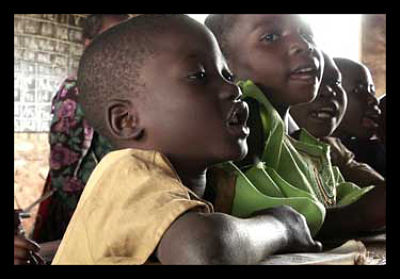
 This year’s State of the World’s Children Report, released by UNICEF, focuses on children with disabilities. The adjoining social media campaign has recently gained a lot of traction on Twitter, Facebook and Instagram in raising awareness about the surprising facts surrounding children and disabilities worldwide.
This year’s State of the World’s Children Report, released by UNICEF, focuses on children with disabilities. The adjoining social media campaign has recently gained a lot of traction on Twitter, Facebook and Instagram in raising awareness about the surprising facts surrounding children and disabilities worldwide.

